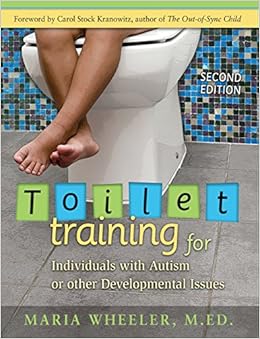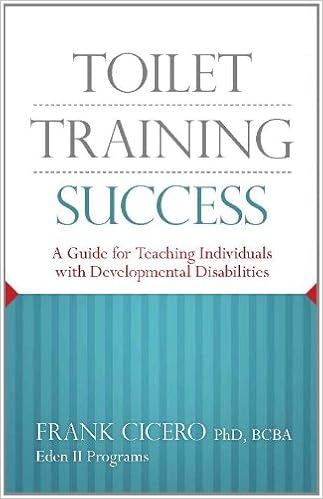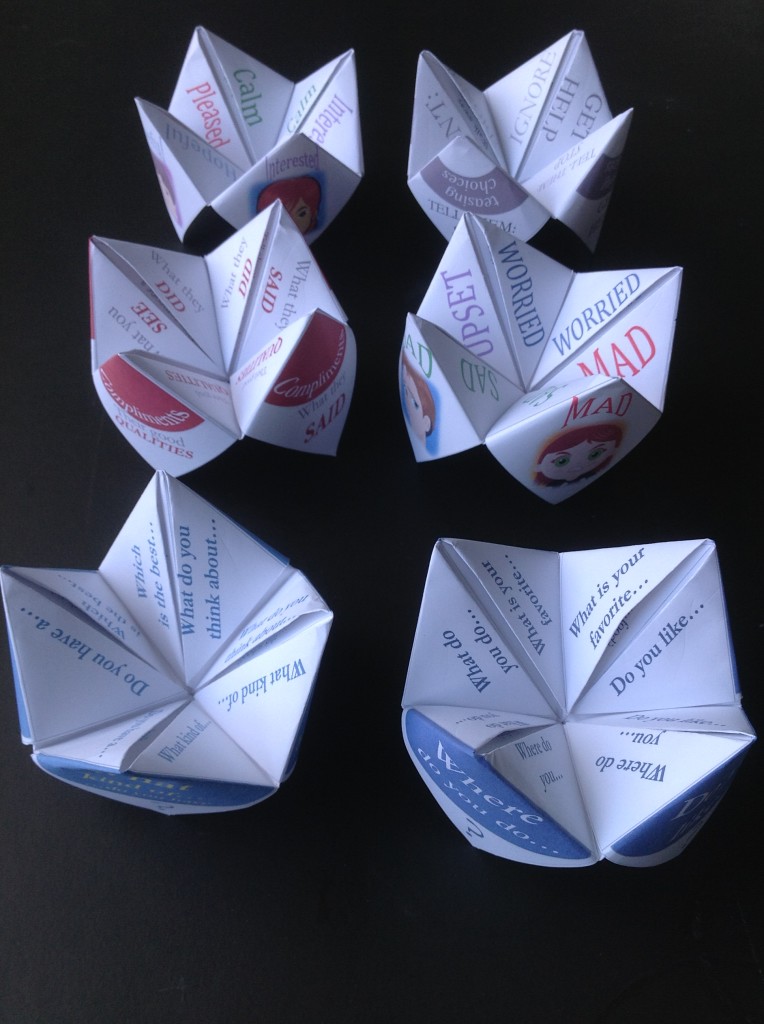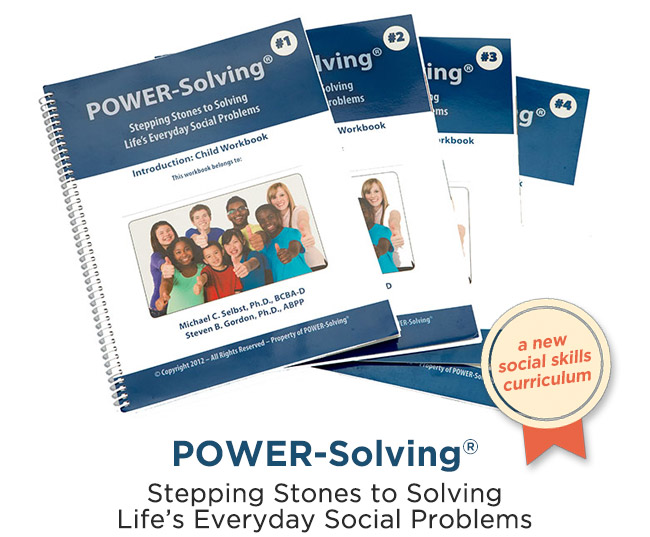As the end of the school year approaches and students are let out on vacation, it’s important for us to consider the risks of elopement and overall neighborhood safety for children with autism. This month, we’re sharing a special feature from ASAT written by Kate Britton, EdD, BCBA and Bridget Taylor, PsyD, BCBA from Alpine Learning Group in New Jersey. Here, Kate and Bridget offer their guidelines on preventing potentially harmful situations and ensuring the safety of your children. To learn more about ASAT, please visit their website at www.asatonline.org. You can also sign up for ASAT’s free newsletter, Science in Autism Treatment, and like them on Facebook!
Elopement and Neighborhood Safety
Bridget Taylor, PsyD, BCBA and Kate Britton, EdD, BCBA
Alpine Learning Group, NJ
You are not alone. In fact, according to an online survey conducted by the National Autism Association in 2007, 92% of the parents indicated their child with autism was at risk of wandering away from his or her home or care provider. More recently, Kiely et. al. (2016) reported survey results of families of children with Autism Spectrum Disorders which found that 49% of those children had made an attempt to elope since the age of four. Additionally, 62% of parents of children who elope reported that this behavior prevents them from participating in activities away from home. Children with autism are especially vulnerable if they wander away from caregivers, as they may not be able to communicate that they are lost, take steps to ensure their safety such as identifying who in the community is safe vs. unsafe, asking for assistance, or stating important information such as their phone number. We hope the following guidelines can help you in preventing potentially harmful situations.
Develop a “safety / reaction plan”. Develop a family safety plan and practice that plan. In the event of your child wandering, time is most important and a quick, efficient response can make a difference. For example:
- Which family member will call the local police?
- Which family member(s) will go out looking and where (e.g., the route to the child’s favorite park)?
- Which family member will call neighbors of homes with pools?
- Which family member will stay by the phone in case the child is found and returned home or to receive updates?
You can find a sample plan at the Autism Wandering Awareness Alerts Response and Education (AWAARE) Collaboration website (www.awaare.com). It would also be important for your child’s school or treatment center to implement an emergency plan for elopement.
Secure your home and yard. Secure your home and yard area so that your child is less likely to wander away. Sometimes standard locks are not enough as many children quickly learn how to operate standard locks on doors, windows and gates. Install locks on doors and gates in the yard that your child cannot open (consider location height and lock complexity). In addition, if your home has an alarm system, keep it set to go off whenever a door or window has been opened. If your home does not have an alarm, install an alarm system that signals when a door or window is opened. There are a variety of systems available, including high-tech and low-tech options. You may consider contacting a medical or educational provider, who can help identify resources to help obtain funding for such systems/equipment. Here are some suggested websites:
Install monitoring systems. Additionally, be sure to regularly monitor your child around the house by using a video monitoring system or a baby monitor that has video monitoring capability, such as:
Make the yard and pool area safe! If you have a pool or there is a pool nearby, ensure there is a locked fence surrounding the pool. You can also purchase a pool alarm for yours and/or your neighbors’ pools (e.g., www.poolguard.com). If your child goes into pools unsupervised, you can also use the Safety Turtle (www.safetyturtle.com), which is a wristband that locks securely around your child’s wrist and sounds an alarm if it becomes immersed in water.
Inform law enforcement. It is also critical to inform your police and fire departments that an individual with autism resides in your home. You can do this by calling your local non-emergency telephone number and asking personnel to note in the 911 database that someone with autism lives at your address. If there is ever an emergency, the emergency responders will know in advance that they need to respond accordingly. We also recommend giving local police and fire departments a picture of your child with your contact information on the back which can be helpful in identifying your child if s/he is ever brought to the station by someone else. Another suggestion would be to register with the National Child Identification Program (www.childidprogram.com). The program provides a kit that includes information on everything law enforcement would need in case of an emergency.
Educate neighbors. Another tip is to make sure your trusted neighbors are aware of your situation. Give them a picture along with some helpful information about your child (e.g., s/he is unable to speak, s/he responds to simple commands, s/he likes to swim so please keep your pool gate locked) and about autism in general. Also include your cell phone and home phone numbers, and ask them to call immediately in the event they ever see your child wandering away from the house or walking the street unaccompanied by an adult. Also, assess your child’s current level of communication. For example, can s/he answer social questions and be understood by novel listeners? Strangers will be most likely to ask your child, “What’s your name?” So it is important that your child can be understood by listeners who don’t know your child. If your child will not be understood or can’t relay enough information, you could use medical identification jewelry, such as a bracelet (e.g., www.medicalert.org).
Safety on vacations. Once your home is secure, vacations may still seem unrealistic. However, there are some steps you can take to allow your family to safely stay in a hotel or space other than the safe haven you have created. When planning for a vacation, really think about your vacation destination and determine the potential risks for your child with autism. Specifically, if your child has a history of wandering (especially towards pools or other swimming areas) you may want to ask for a room furthest from the pool area or without an ocean view-or maybe even choose a location that does not have a pool. When checking into the location, inform the hotel staff about your child and advise them that s/he will require supervision at all times and if they see him/her unsupervised to call you immediately. Also, consider using portable door alarms for hotel rooms, a child-locator systems and/or a global positioning systems (GPS). You can find low-tech tracking devices and high-tech devices online.
Teach skills to increase safety. Lastly, it’s essential to proactively teach your child skills that will increase his/her safety. Work with your child’s school or treatment program to include the important safety goals in your child’s individualized education plan (IEP) such as:
- responding to “stop”
- answering questions to provide information
- responding to name
- holding hands
- requesting permission to leave the house
- requesting preferred items/activities
- waiting appropriately
- using a cell phone
- crossing the street safely (if appropriate given age and level of functioning)
- seeking assistance when lost
- cooperating with wearing identification jewelry
- identifying outdoor boundaries (i.e., not leaving the front lawn)
- learning clear rules about outdoor play (getting a parent if a stranger approaches, asking for help if ball goes into street)
- swimming more proficiently
- learning rules about pool use
Check out www.awaare.org for sample letters to submit to your case manager and attach to your child’s IEP. Finally, it cannot be overstated that children with autism require very close supervision when in harm’s way. We hope you find these proactive and teaching suggestions helpful in minimizing your child’s risk.
Additional toolkits and resources
References
Anderson, C., Law, J.K., Daniels, A., Rice, C., Mandell, D. Hagopian, L. & Law, P. (2012). Occurrence and family impact of elopement in children with autism spectrum disorders. Pediatrics, 130(5), 870-877.
Kiely, B., Migdal, T. R., Vettam, S., Adesman, A. (2016). Prevalence and correlates of elopement in a nationally representative sample of children with developmental disabilities in the United States. PLoS ONE 11(2): e0148337, doi:101371/journal. Pone.0148337
About the Authors
Dr. Bridget A. Taylor, PsyD, BCBA is Co-founder and Executive Director of Alpine Learning Group and is Senior Clinical Advisor for Rethink. Dr. Taylor has specialized in the education and treatment of children with autism for the past twenty-five years. She holds a Doctorate of Psychology from Rutgers University, and received her Master’s degree in Early Childhood Special Education from Columbia University. She is a Board Certified Behavior Analyst and a Licensed Psychologist. She is an Associate Editor for the Journal of Applied Behavior Analysis and serves on the editorial board of Behavioral Interventions. She is a member of the Behavior Analyst Certification Board and serves on the Autism Advisory Group for the Cambridge Center for Behavioral Studies. Dr. Taylor also serves on the Scientific and Community Advisory Board for SPARK a new program at the Simon’s Foundation Autism Research Initiative. Dr. Taylor is active in the autism research community and has published numerous articles and book chapters on effective interventions for autism. She is a national and international presenter and serves in an advisory capacity for autism education and treatment programs both locally and abroad. She has been influential in the development of autism treatment centers both locally and in Italy, India, Canada, France, Australia and Kosovo. Dr. Taylor’s current research interests are in identifying innovative procedures to increase the observational learning repertoires of children with autism.
Kate E. Cerino Britton, EdD, BCBA is a Board Certified Behavior Analyst and a certified teacher of the handicapped, and has worked with individuals with autism since 1997. She is currently the Principal of the education program at Alpine Learning Group. She holds a Masters in Education Administration from Caldwell College and Special Education from Long Island University and a doctoral degree in Educational Leadership, Management, and Policy from Seton Hall University. She serves on the New Jersey Association for Behavior Analysis Board of Directors as the Secretary and Continuing Education Chair and has presented at national and international conferences on increasing socializing, problem solving, small groups and dyad instruction, promoting safety, and augmentative communication.
![]()
 For kids who love dinosaurs, the Dinosaur Escape Game is a perfect way to teach strategy, memory, problem-solving, and following directions, as players work together to move all three dinosaurs safely to Dinosaur Island before the volcano erupts. Roll the die, move the dinosaurs around the board, uncover the matching dinosaurs under the fern tokens. But if you turn over the T-Rex, run! If players can find and help all three lost dinosaurs escape to Dinosaur Island before completing the 3-D volcano puzzle, everyone wins!
For kids who love dinosaurs, the Dinosaur Escape Game is a perfect way to teach strategy, memory, problem-solving, and following directions, as players work together to move all three dinosaurs safely to Dinosaur Island before the volcano erupts. Roll the die, move the dinosaurs around the board, uncover the matching dinosaurs under the fern tokens. But if you turn over the T-Rex, run! If players can find and help all three lost dinosaurs escape to Dinosaur Island before completing the 3-D volcano puzzle, everyone wins! Younger learners will have an enjoyable time with the Friends and Neighbors Helping Game, as they work together to make matches between characters in distress and ways to help them! Can players help a little girl who’s sad because she’s standing out in the rain, or a boy who’s afraid of the dark? Children encounter characters with a problem and reach into the Helping Bag to pull out a token — can the token help someone on the game board? If so, it’s a match!
Younger learners will have an enjoyable time with the Friends and Neighbors Helping Game, as they work together to make matches between characters in distress and ways to help them! Can players help a little girl who’s sad because she’s standing out in the rain, or a boy who’s afraid of the dark? Children encounter characters with a problem and reach into the Helping Bag to pull out a token — can the token help someone on the game board? If so, it’s a match!







 While these fortune tellers may not be able to tell your future, they are sure to help your children with autism develop their social skills! This free printable, created by Joel Shaul from
While these fortune tellers may not be able to tell your future, they are sure to help your children with autism develop their social skills! This free printable, created by Joel Shaul from 
 We offer class kits including 5 or 10 sets of Student Workbooks and Facilitator Guides to accommodate larger groups.
We offer class kits including 5 or 10 sets of Student Workbooks and Facilitator Guides to accommodate larger groups. Each Student Workbook Set and Facilitator’s Guide Set covers 4 areas of everyday social situations:
Each Student Workbook Set and Facilitator’s Guide Set covers 4 areas of everyday social situations: Social Information Processing (SIP) is a widely studied framework for understanding why some children and adolescents have difficulty getting along with their peers and adults.
Social Information Processing (SIP) is a widely studied framework for understanding why some children and adolescents have difficulty getting along with their peers and adults. The
The  Steven B. Gordon, PhD, ABPP is the Founder and Executive Director of Behavior Therapy Associates, P.A. He is a clinical psychologist and is licensed in New Jersey. Dr. Gordon is also Board Certified in Cognitive and Behavioral Psychology by the American Board of Professional Psychology and is a Diplomate in Behavior Therapy from the American Board of Behavioral Psychology. Dr. Gordon has co-authored three books, published numerous articles, presented papers at local and national conferences, and served on editorial boards of professional journals. Most recently, Dr. Gordon and Dr. Selbst have co-authored the new social-emotional skills program
Steven B. Gordon, PhD, ABPP is the Founder and Executive Director of Behavior Therapy Associates, P.A. He is a clinical psychologist and is licensed in New Jersey. Dr. Gordon is also Board Certified in Cognitive and Behavioral Psychology by the American Board of Professional Psychology and is a Diplomate in Behavior Therapy from the American Board of Behavioral Psychology. Dr. Gordon has co-authored three books, published numerous articles, presented papers at local and national conferences, and served on editorial boards of professional journals. Most recently, Dr. Gordon and Dr. Selbst have co-authored the new social-emotional skills program  Michael C. Selbst, PhD, BCBA-D is Director of Behavior Therapy Associates, P.A. He is a Licensed Psychologist and a Certified School Psychologist in New Jersey and Pennsylvania. He is also a Board Certified Behavior Analyst at the Doctoral level. Dr. Selbst has co-founded and is the Executive Director of HI-STEP® Summer Program, which is an intensive five-week day program for children to improve their social skills and problem solving ability, and the Director of the Weekend to Improve Social Effectiveness (W.I.S.E.). He has extensive experience working with pre-school aged children through adults, including individuals who have social skills deficits, emotional and behavioral difficulties, learning disabilities, gifted, and children with developmental delays, including those with Autism and Asperger’s Syndrome. Dr. Selbst consults to numerous public and private schools, assisting parents, teachers, and mental health professionals, and presents workshops on all topics highlighted above, as well as Parenting Strategies, Depression, and Suicide Prevention. Dr. Selbst and Dr. Gordon have co-authored the new social-emotional skills program
Michael C. Selbst, PhD, BCBA-D is Director of Behavior Therapy Associates, P.A. He is a Licensed Psychologist and a Certified School Psychologist in New Jersey and Pennsylvania. He is also a Board Certified Behavior Analyst at the Doctoral level. Dr. Selbst has co-founded and is the Executive Director of HI-STEP® Summer Program, which is an intensive five-week day program for children to improve their social skills and problem solving ability, and the Director of the Weekend to Improve Social Effectiveness (W.I.S.E.). He has extensive experience working with pre-school aged children through adults, including individuals who have social skills deficits, emotional and behavioral difficulties, learning disabilities, gifted, and children with developmental delays, including those with Autism and Asperger’s Syndrome. Dr. Selbst consults to numerous public and private schools, assisting parents, teachers, and mental health professionals, and presents workshops on all topics highlighted above, as well as Parenting Strategies, Depression, and Suicide Prevention. Dr. Selbst and Dr. Gordon have co-authored the new social-emotional skills program